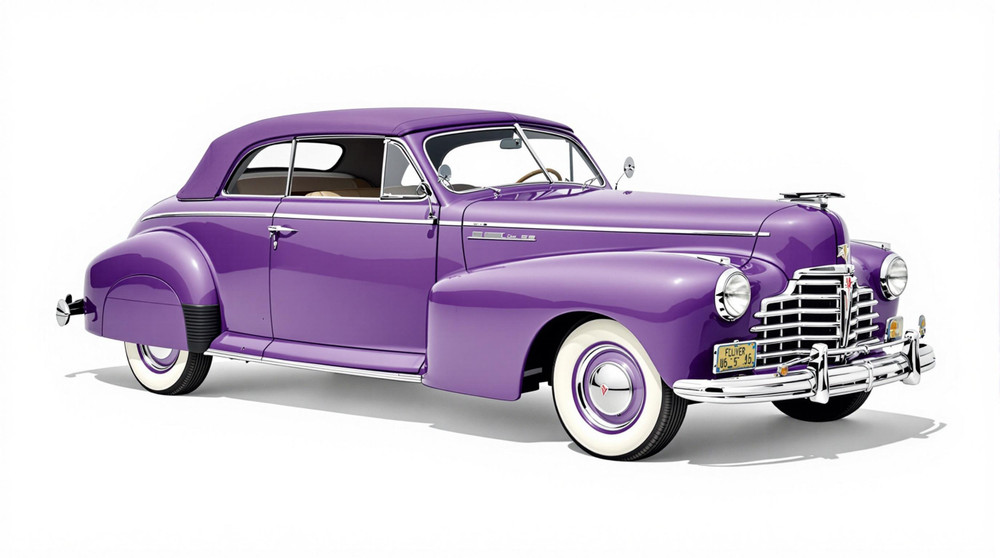Image of 1946 Packard Clipper 6, Note: These illustrations use artistic license and may differ from actual historical models.
Performance Metrics
Fundamental Metrics
Emotional Appeal
MMP Rating
| Engine Specifications | |
|---|---|
| Engine Options: | Inline 6 |
| Displacement Range: | 245 cu in (4.0 L) |
| Horsepower Range: | Estimated 105 hp |
| Torque: | 208 lb-ft |
| Compression Ratio: | Estimated 6.8:1 |
| Ignition System: | Battery and coil |
| Cooling System: | Water-cooled |
| Performance Specifications | |
| 0-60 Time: | Information not available |
| 1/4 Mile Time: | Information not available |
| Top Speed: | Estimated 80 mph |
| Transmission and Drive | |
| Drive Type: | Rear-wheel drive |
| Transmission Type: | 3-speed manual |
| Fuel and Efficiency | |
| Fuel System Type: | Carburetor |
| MPG: | Information not available |
| Dimensions and Brakes | |
| Brakes: | Drum brakes |
| Wheelbase: | 127 in (3,226 mm) |
| Weight: | Estimated 3,600 lbs |
Note: Specifications for classic cars are given to the best of our ability, considering the limited and variant data available.
Introduction
The 1946 Packard Clipper 6 is not merely a car; it's a rolling testament to post-war American optimism and ingenuity. Born from the prestigious Packard Motor Car Company, this vehicle emerged as a beacon of luxury and style in an era hungry for progress. The Clipper series, first introduced in the early 1940s, was a forward-thinking line that would set the tone for automotive design in the years to come. Notably, the '46 model marked a triumphant return to civilian car production after World War II, symbolizing a nation's rebirth and its march towards modernity. A standout moment for this classic was its role as the pace car for the 1947 Indianapolis 500, cementing its place in automotive lore.
Design and Innovation
The 1946 Packard Clipper 6 boasted an elegance that was both stately and streamlined. Its exterior styling featured flowing lines and rounded contours, a stark contrast to the pre-war sharp angles. The iconic 'bathtub' look was both distinctive and aerodynamic, setting it apart from its contemporaries. Inside, passengers were treated to an opulent cabin with plush upholstery and rich wood grain accents. The materials used were of high quality, reflecting Packard's commitment to luxury. Technologically, it was ahead of its time with features like optional overdrive transmission for improved fuel efficiency. Color options ranged from stately blacks and blues to more adventurous hues like Packard Maroon, with the darker tones often being favored by buyers. Various body styles were available, including sedans and coupes, but it was the four-door sedan that became emblematic of the Clipper's enduring appeal.
Historical Significance
The Clipper series not only marked a stylistic departure for Packard but also influenced the broader automotive landscape with its design cues. The '46 Clipper 6 played a pivotal role in transitioning car design from pre-war austerity to post-war abundance. Its teardrop shape and integrated fenders would echo in designs of subsequent decades. This vehicle stood out for its blend of performance, comfort, and style at a time when America was redefining itself.
Performance and Handling
Underneath its sleek hood lay a robust straight-six engine that delivered smooth yet capable performance. While top speed figures hovered around 85 mph—a respectable number at the time—what truly set the Clipper apart was its ride quality. The independent front suspension ensured that even on uneven roads or during windy conditions, the car maintained composure. Driving a '46 Packard Clipper 6 was about more than just getting from point A to B; it was about cruising with grace and authority—the throaty hum of the engine serving as a soundtrack to journeys both short and long.
Ownership Experience
The Clipper 6 found its place as a versatile vehicle suitable for various roles—from an elegant daily driver to a coveted showpiece at classic car events. Maintenance-wise, these cars were built to last but require attention to detail due to their age and unique parts. Reliability is generally high among well-maintained examples, though sourcing specific components can be challenging.
Fun Facts
Did you know that some Clippers were outfitted with Cormorant hood ornaments—a symbol of Packard's luxury status? Or that despite their initial popularity, many wartime Clippers were scrapped during metal drives? As for celebrity connections, several Hollywood stars of the era were known to drive Packards, adding to their allure.
Collector's Information
Today, the 1946 Packard Clipper 6 holds a special place in collector circles. Production numbers are estimated to be in the tens of thousands across all body styles; however, survivors are considerably fewer. Values can vary widely based on condition and originality but typically range from $10,000 for drivable projects up to $50,000 or more for concours-quality examples. As appreciation grows for post-war classics, prices for well-preserved Clippers are gradually on the rise.
Conclusion
The 1946 Packard Clipper 6 is more than just an automobile; it's a piece of American history on wheels—a symbol of resilience and progress. Owning one today connects you with an era when cars weren't just transportation; they were statements of innovation and elegance. As we look back on this remarkable machine's legacy, we're reminded that some classics never go out of style—they just get better with age.
1946 Packard Clipper 6 Catalog of Parts
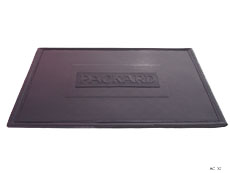 1946 Packard CLIPPER 6 Accessory Floor Mat - 12"X17"-AC 32Accessory Floor Mat - made of high quality black rubber with molded original emblem. Also designed to be sewn into new carpets. 12"X17", Each
1946 Packard CLIPPER 6 Accessory Floor Mat - 12"X17"-AC 32Accessory Floor Mat - made of high quality black rubber with molded original emblem. Also designed to be sewn into new carpets. 12"X17", Each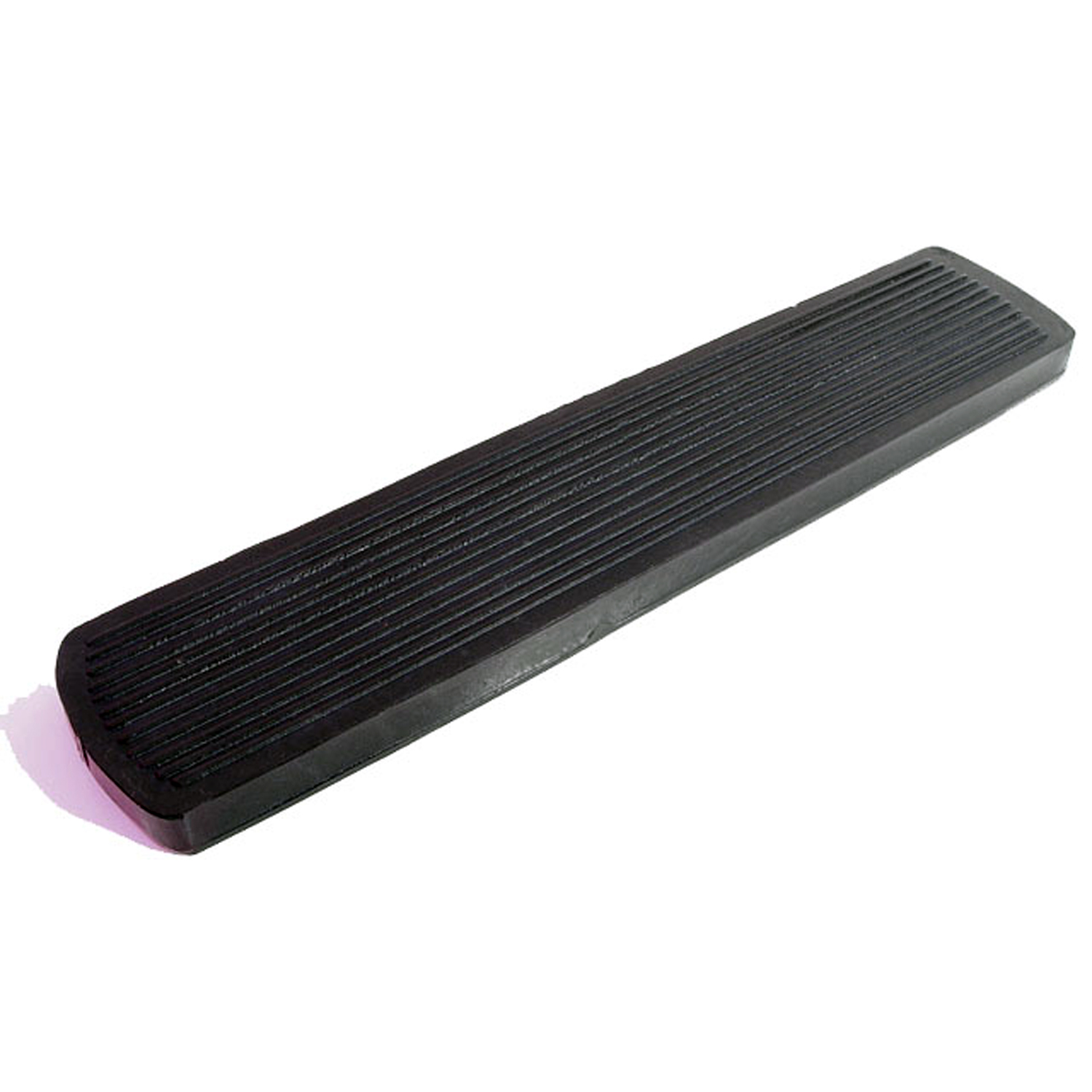 1946 Packard CLIPPER 6 Accelerator Pedal Pad. 1-7/8" X 9-3/8", Each-AP 16Accelerator Pedal Pad. 1-7/8" X 9-3/8", Each
1946 Packard CLIPPER 6 Accelerator Pedal Pad. 1-7/8" X 9-3/8", Each-AP 16Accelerator Pedal Pad. 1-7/8" X 9-3/8", Each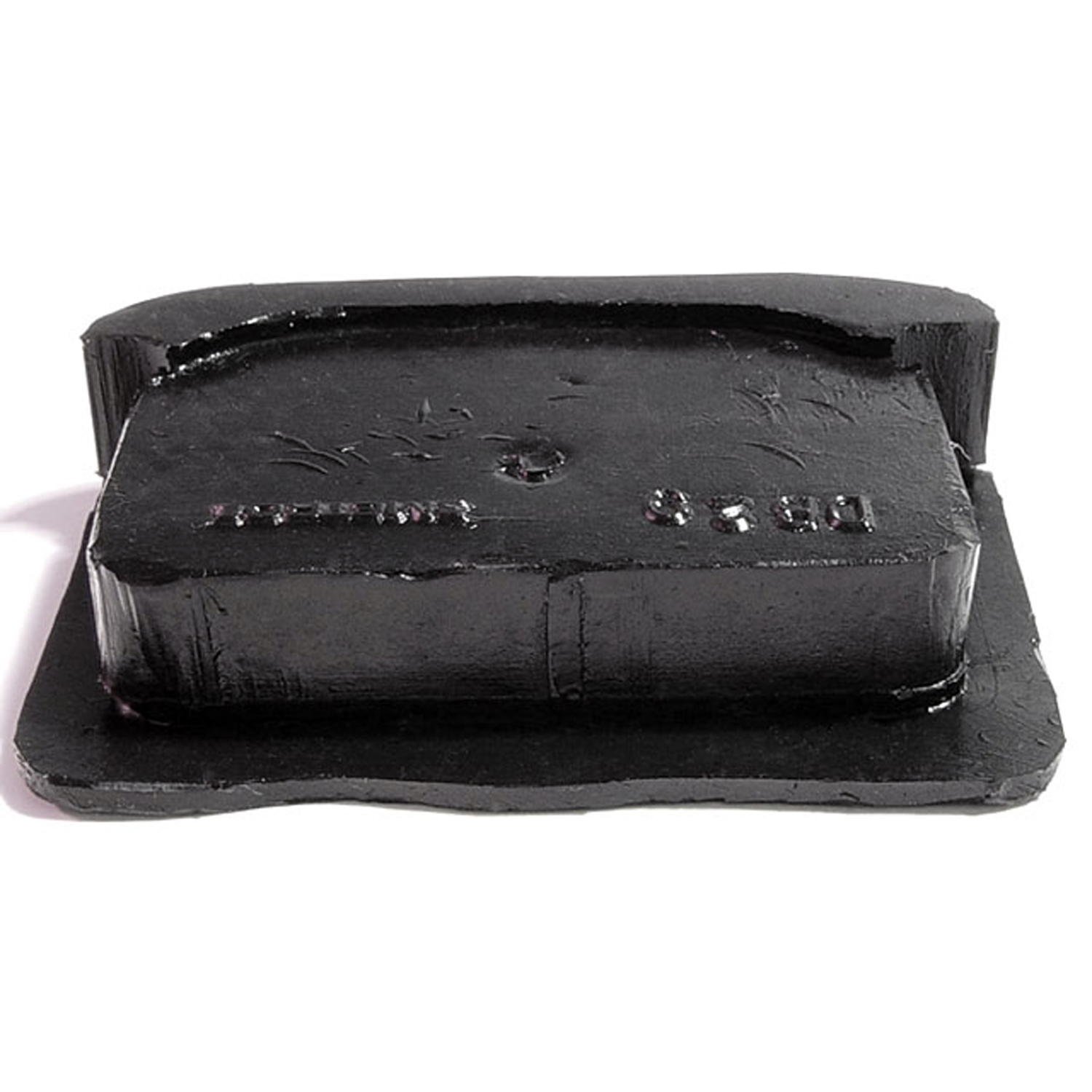 1946 Packard CLIPPER 6 Door Bumper. 1-3/8" high X 2" wide X 1/2" thick. Each-DB 29Door Bumper. 1-3/8" high X 2" wide X 1/2" thick. Each
1946 Packard CLIPPER 6 Door Bumper. 1-3/8" high X 2" wide X 1/2" thick. Each-DB 29Door Bumper. 1-3/8" high X 2" wide X 1/2" thick. Each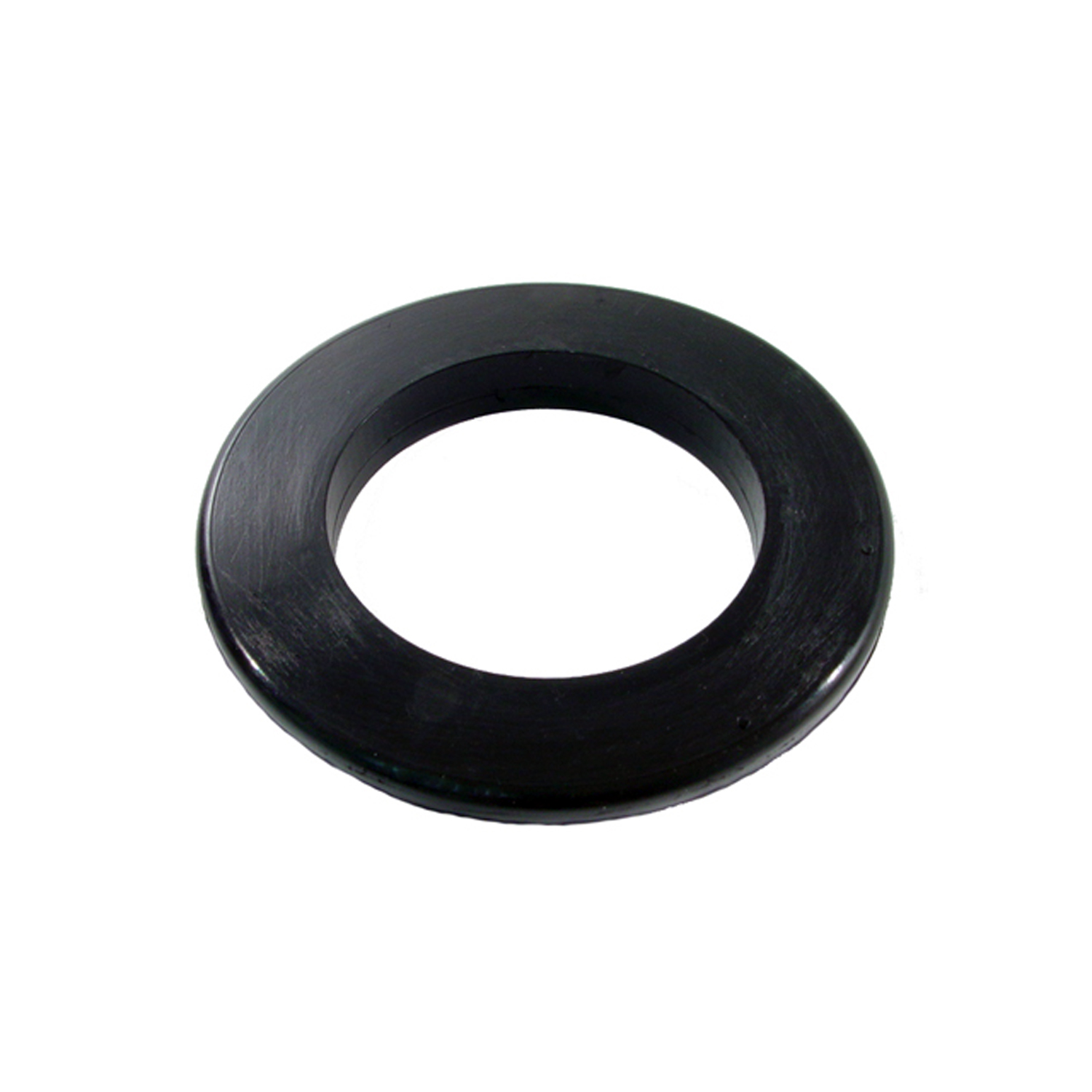 1946 Packard CLIPPER 6 Gas Filler Grommet. 2-1/2" I.D., 4-1/8" O.D. Each-GF 12Gas Filler Grommet. 2-1/2" I.D., 4-1/8" O.D. Each
1946 Packard CLIPPER 6 Gas Filler Grommet. 2-1/2" I.D., 4-1/8" O.D. Each-GF 12Gas Filler Grommet. 2-1/2" I.D., 4-1/8" O.D. Each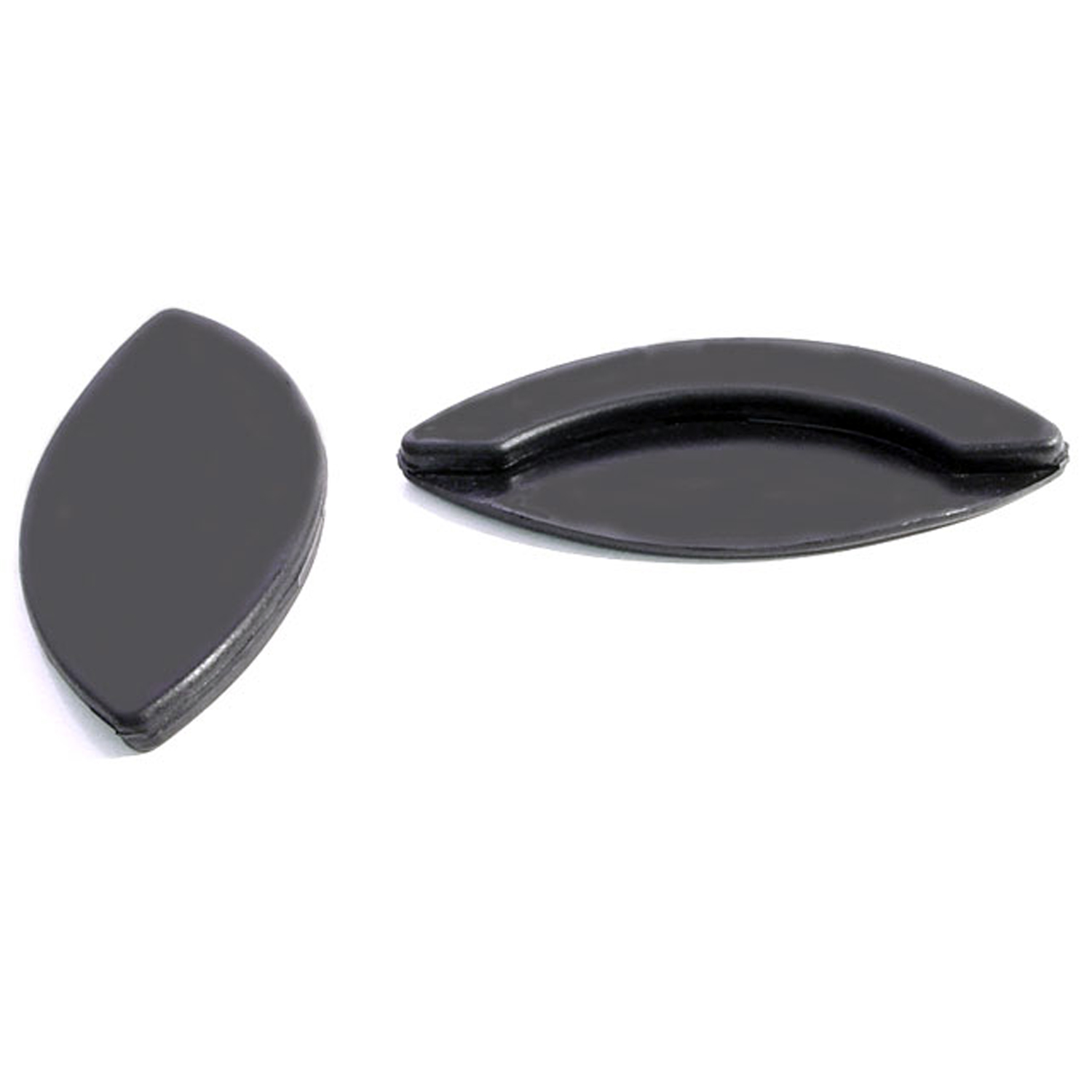 1946 Packard CLIPPER 6 Hood Corners. 1-3/4" to 2" corner radius-HC 14Hood Corners. 1-3/4" to 2" corner radius. Pad is 3-3/8" long. Pair
1946 Packard CLIPPER 6 Hood Corners. 1-3/4" to 2" corner radius-HC 14Hood Corners. 1-3/4" to 2" corner radius. Pad is 3-3/8" long. Pair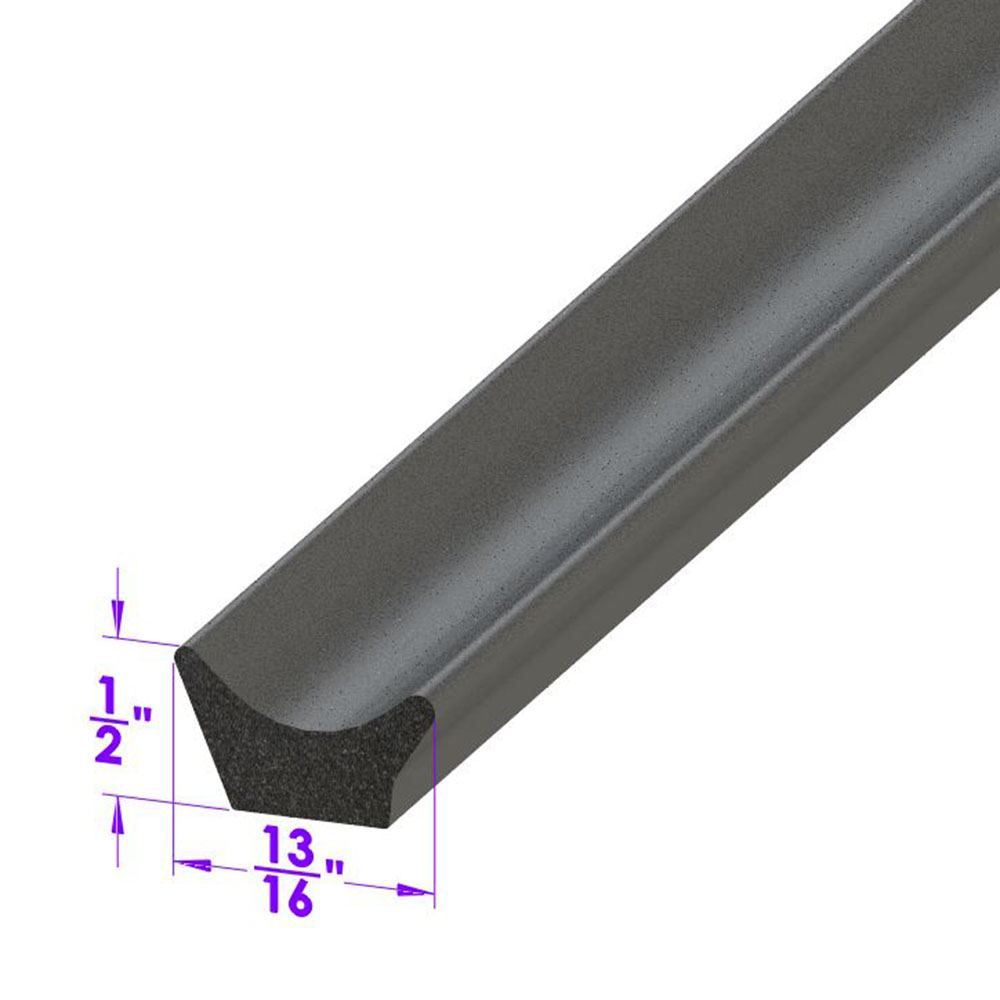 1946 Packard CLIPPER 6 Door side seal. Same as LP 40, but for a lighter seal-LP 40-ADoor side seal. Same as LP 40, but for a lighter seal. Fits many domestic passenger cars and trucks. Universal seal for street rods and customs. Used in Cobra kit cars as door weatherstrip. Per foot.
1946 Packard CLIPPER 6 Door side seal. Same as LP 40, but for a lighter seal-LP 40-ADoor side seal. Same as LP 40, but for a lighter seal. Fits many domestic passenger cars and trucks. Universal seal for street rods and customs. Used in Cobra kit cars as door weatherstrip. Per foot.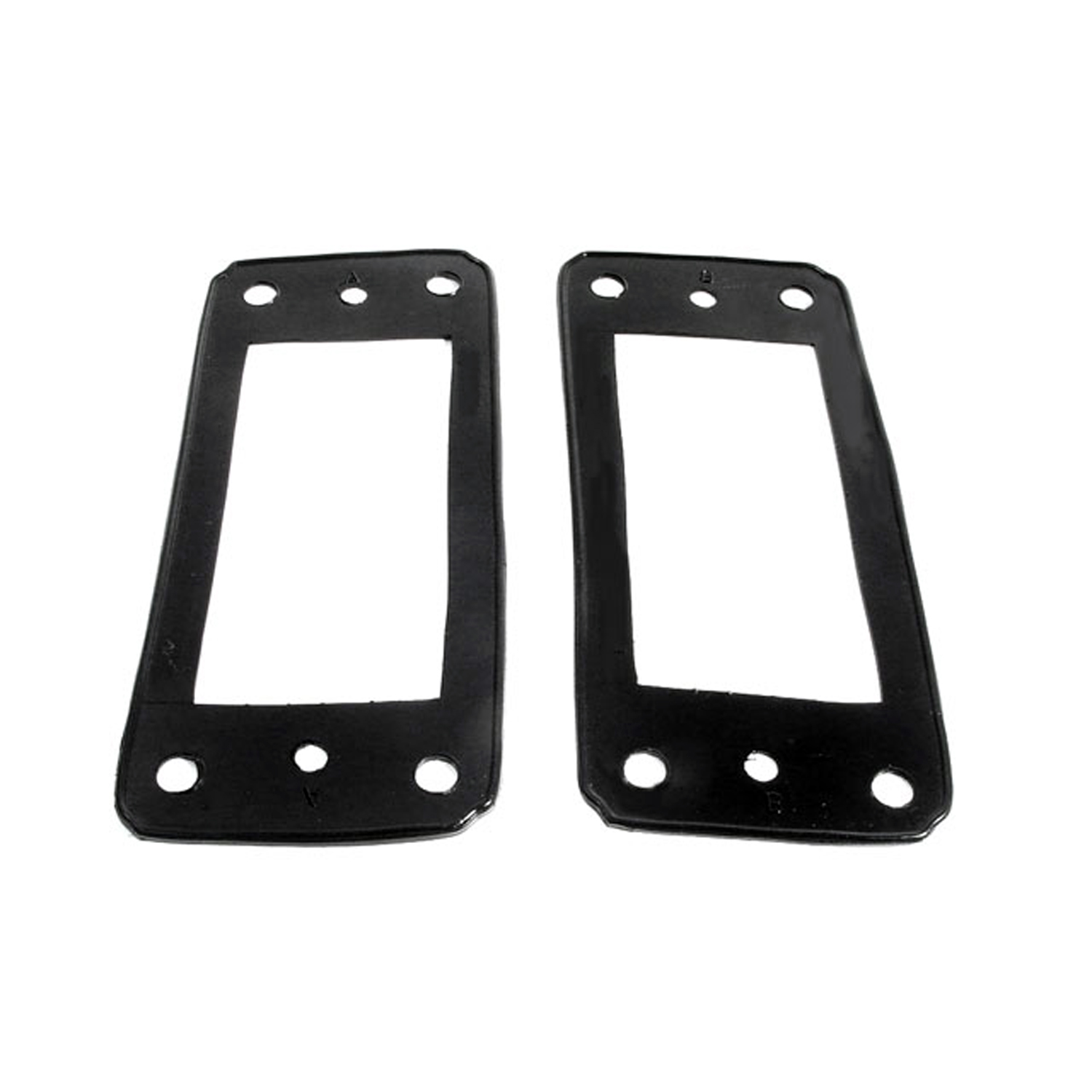 1946 Packard CLIPPER 6 Tail-light Pads. 3-3/4" wide X 8-1/8" long. Pair R&L-MP 903-CTail-light Pads. 3-3/4" wide X 8-1/8" long. Pair R&L
1946 Packard CLIPPER 6 Tail-light Pads. 3-3/4" wide X 8-1/8" long. Pair R&L-MP 903-CTail-light Pads. 3-3/4" wide X 8-1/8" long. Pair R&L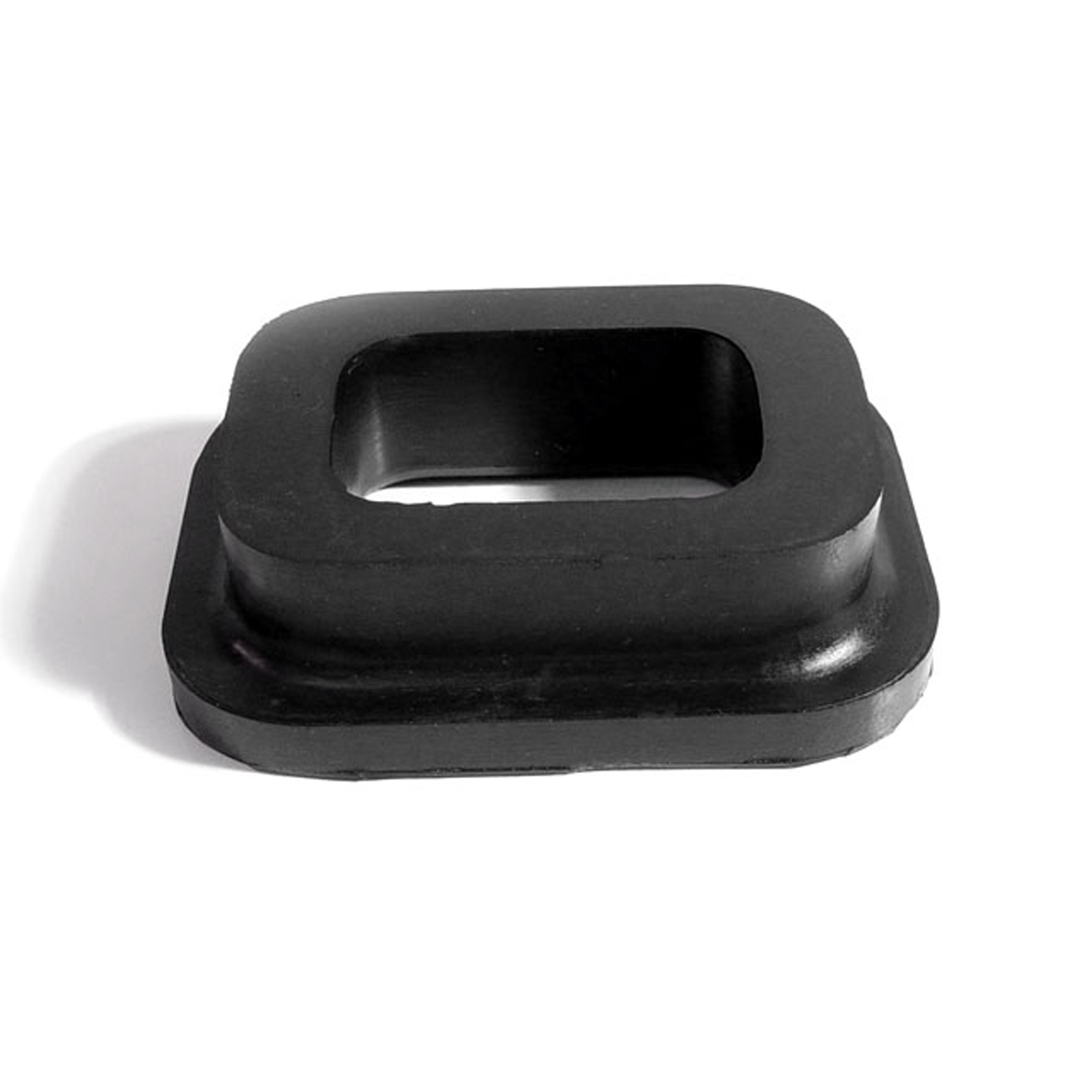 1946 Packard CLIPPER 6 Front lower rubber insulating cushion-RP 72-CFront lower rubber insulating cushion. For motor support at timing-gear cover. 2-7/16 in. wide x 3-3/8 in. long. 1-13/16 in. long center hole. Replaces OEM# 300227. Two used per car. Each.
1946 Packard CLIPPER 6 Front lower rubber insulating cushion-RP 72-CFront lower rubber insulating cushion. For motor support at timing-gear cover. 2-7/16 in. wide x 3-3/8 in. long. 1-13/16 in. long center hole. Replaces OEM# 300227. Two used per car. Each.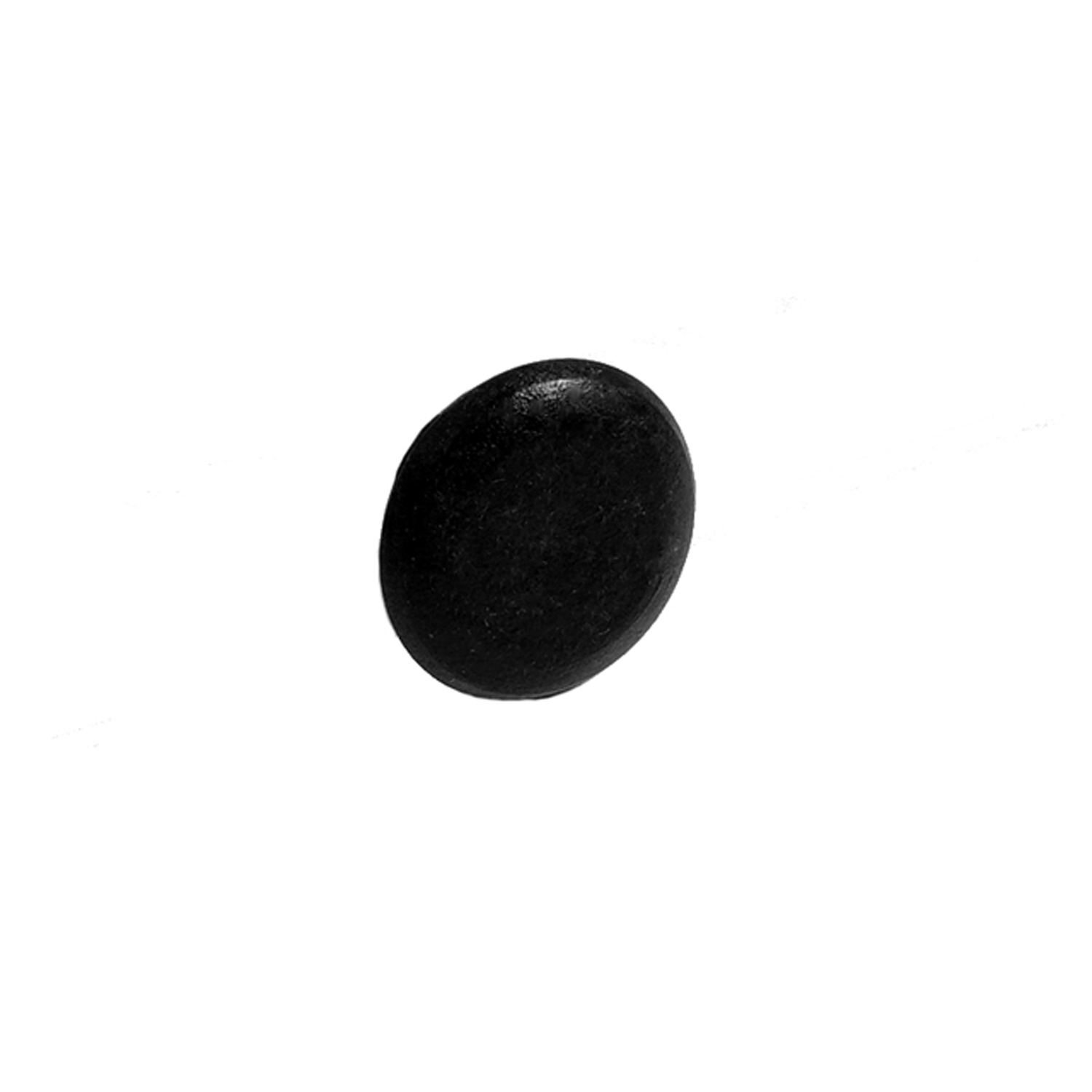 1946 Packard CLIPPER 6 Trunk Bumper. 3/4" O.D., 5/8" I.D. Each-SB 74Trunk Bumper. 3/4" O.D., 5/8" I.D. Each
1946 Packard CLIPPER 6 Trunk Bumper. 3/4" O.D., 5/8" I.D. Each-SB 74Trunk Bumper. 3/4" O.D., 5/8" I.D. Each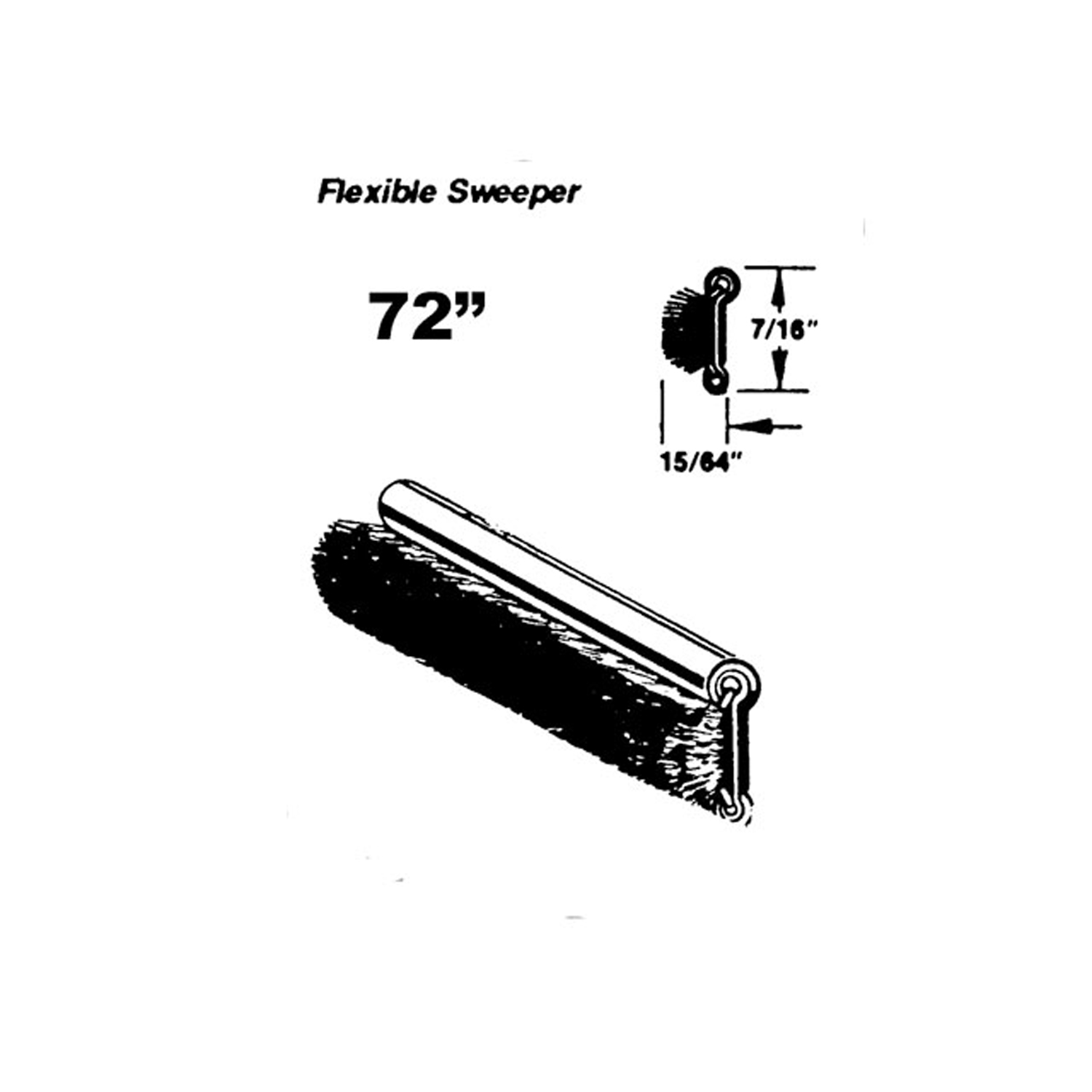 1946 Packard CLIPPER 6 Flexible sweeper. Made with stainless steel bead-WC 8-72Flexible sweeper. Made with stainless steel bead. Used on inner and outer beltlines. Also forms easily for use with sliding quarter windows. 72 in. long. Each. NOTE: $20 special shipping charge applies for domestic orders. Call or email for overseas shipping costs. Part can be sectioned into two equal lengths to reduce overseas shipping costs.
1946 Packard CLIPPER 6 Flexible sweeper. Made with stainless steel bead-WC 8-72Flexible sweeper. Made with stainless steel bead. Used on inner and outer beltlines. Also forms easily for use with sliding quarter windows. 72 in. long. Each. NOTE: $20 special shipping charge applies for domestic orders. Call or email for overseas shipping costs. Part can be sectioned into two equal lengths to reduce overseas shipping costs.Why Choose Metro?
For over 100 years, Metro Moulded Parts has been the pinnacle of quality in classic car restoration parts. Our commitment to precision and authenticity in every component ensures a perfect fit and an OEM-level appearance.
- Expert Craftsmanship & Quality: Each part is a testament to our dedication to reliability and perfection, crafted from original designs and thoroughly tested.
- Advanced Technology: We use cutting-edge techniques to create flawless, long-lasting parts that surpass others in performance.
- SuperSoft Sponge – The Ultimate Door Seal: Not only are our door seals 30% softer than competitors', but they're also guaranteed to never leak. They effectively reduce wind and road noise, enhancing your classic car's comfort and driving experience.
- Proudly American: Our parts are a product of American craftsmanship, made in the USA with a spirit of excellence and heritage.
- Unrivaled Warranty: We back our products with a 30-year industry-leading warranty, a testament to our confidence in their quality.
Join us in preserving the legacy of classic cars with parts that are crafted for perfection, not just made.

